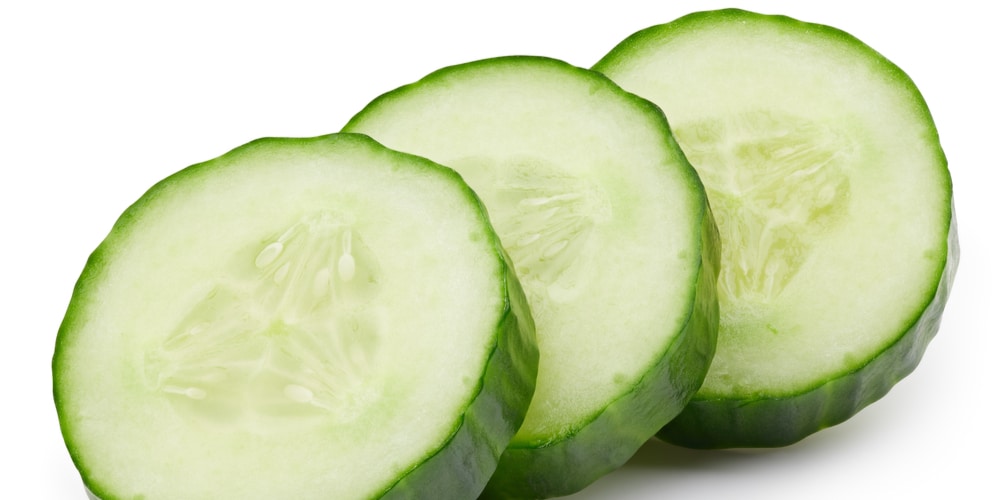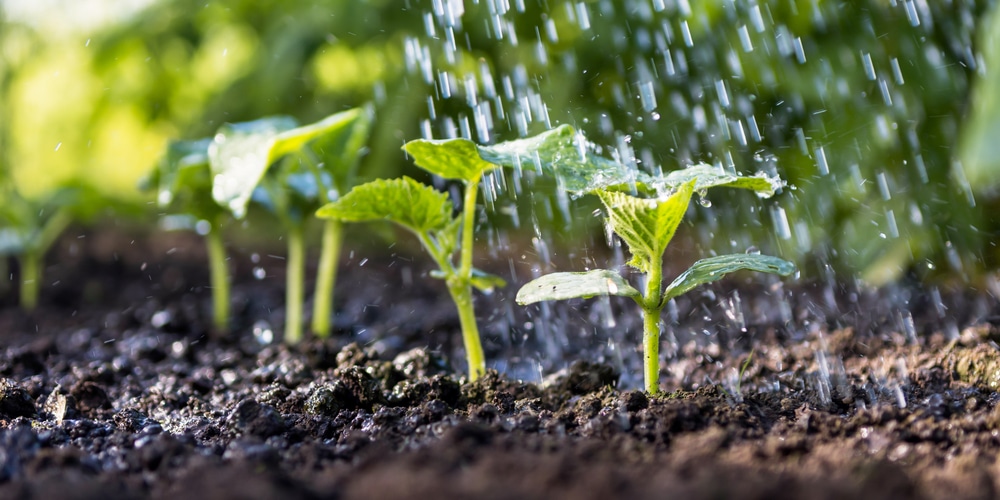Variety is the very spice of life that gives it all its flavors. The cucumber world has various options to choose from depending on the type of flavor you prefer. However, today we will be talking about the Burpless Bush Cucumber.
What is a Burpless bush cucumber?

First, Burpless means the cucumber has little or no cucurbitacin, which is the compound that brings out the taste of bitterness, and in some cases, it causes indigestion.
Burpless Bush cucumbers dont vine out like other types of cucumbers. Instead, it grows lovely bushy vegetation. This habit makes it perfect for growing in small spaces like containers or small gardens. And once it’s matured, it can be served fresh or pickled to bring out that crunchy salty flavor.
Cucumbers, in general, have many nutritional benefits:
- Cucumbers have low-calorie content and high nutritional value in vitamins and minerals such as Vitamin C, Vitamin K, Magnesium, potassium, manganese.
- It’s rich in Antioxidants.
- It promotes and enhances hydration.
- Cucumbers are a healthy treat that can aid in weight loss and lower blood sugar.
Read on if you are interested in enjoying all the nutritional values mentioned above, or you are generally curious about how Burpless Bush
cucumbers are grown.
Step-by-step process on how to grow burpless cucumbers
Before you start planting your crop or seeds, preparation is necessary for your cucumber’s good and healthy growth.
Site selection
Although Burpless bush cucumbers grow best in sandy loose loam soil, they grow in most well-drained soils. These Cucumbers should be placed in regions where they can receive full sunlight, and since they have shallow roots, dont plant them where trees can rob them of their nutrients or water.
Soil preparation
Eliminate large sticks, trash, or rocks from the site you chose before preparing the soil. In case there is dead grass or plant material, leave them behind to enrich the soil.
Planting process
Frost is deadly to Burpless bush cucumbers. Seeds thrive in between 16 C and 35 C soil temperatures. Plant 3 feet apart; rows should be 3 feet apart and sow the seeds half a finger deep in the soil. Since burpless bush cucumbers grow into a short plant of almost 19″ to 23″, they can grow on trellises.
Another propagation alternative is to sow the seeds indoors before transferring them to an outside garden. The seeds take about four to 10 days before the seeds begin sprouting. After germination, move the tray to a location with plenty of indirect sunlight. Maintain a moist soil condition that is not waterlogged. Try to thin the seed to a ratio of one seed per pot after sprouting a set of leaves. Apply mulch around the crop to keep it well moist and fed.
Well-aged compost is the best type of fertilizer to use when planting Burpless Bush Cucumbers. Compost has about 2% nitrogen that is released slowly over the years. It also prevents runaway vegetative growth and adds nutrient reserve that remains available for long periods.
How frequently do you need to water the plants?
The best way to water the plants is by the rule of thumb method. An inch of water (19.3 fl oz)is enough for one plant per week; however, the ounces should be doubled in arid climate conditions. Most vegetables require extra water during hot weather conditions, almost half an inch more for every extra 10 degrees past the average temperature (60). An inch of water can be measured by placing a rain gauge or any other container under the sprinkler, drip, soaker, or another watering system.
You will achieve an inch of water if the water collected is an inch deep. However, Container gardens need to be watered a bit more frequently than in-ground garden beds. Ensure you check the soil every day and add water if the top inch of soil is dry.
Taking care of the plant
Burpless Bush cucumbers can easily resist powdery or downy mildew, which makes them very reliable when it comes to yield quantity and quality. However, it would help if you still kept an eye out for pests and weeds, among other problems. One common pest known to love damaging or killing young seedlings is Cucumber beetles. Bacteria, wilt, and aphids are also problems you should look out for. Using pesticides and naturally uprooting weeds is the best way to eliminate this challenge.
Try and maintain a weed-free environment for growing Burpless bush cucumber crops. Avoid plowing more than 1 inch deep in the soil using a hoe since it can cut feeder roots, slowing plant growth.
The crops produce two different kinds of flowers: one male and one female. The male flowers are usually the first to open up and drop off after fertilizing the female flower. The female flower will then form the cucumber.
Pruning
The best time to prune your cucumbers is about 3 to 5 weeks after their growth which is when they grow to a decent size. If you prune the vine way too early, the plant might not develop properly, and it might also damage the vine. Pruning enables the plant to best support the cucumber later when they mature.
Harvesting
Cucumbers require a long growing season and can be harvested after 50 to 70 days. When you pick ripe cucumbers at the right time, you get sweet, bitter-free fruits. Cucumbers abandoned on the vine for too long develop a bitter taste that detracts from the fresh flavor. Because the fruits ripen at different times on the vine, it’s critical to harvest them as soon as they’re ready. They should be picked before they show signs of yellowness.
Burpless bush cucumber: Conclusion
Burpless Bush cucumbers are not hard to grow, and they require little space to grow. Some attention and effort need to be placed to enjoy the full benefits of your fruits. This article has provided the best way to grow Burpless cucumbers.
